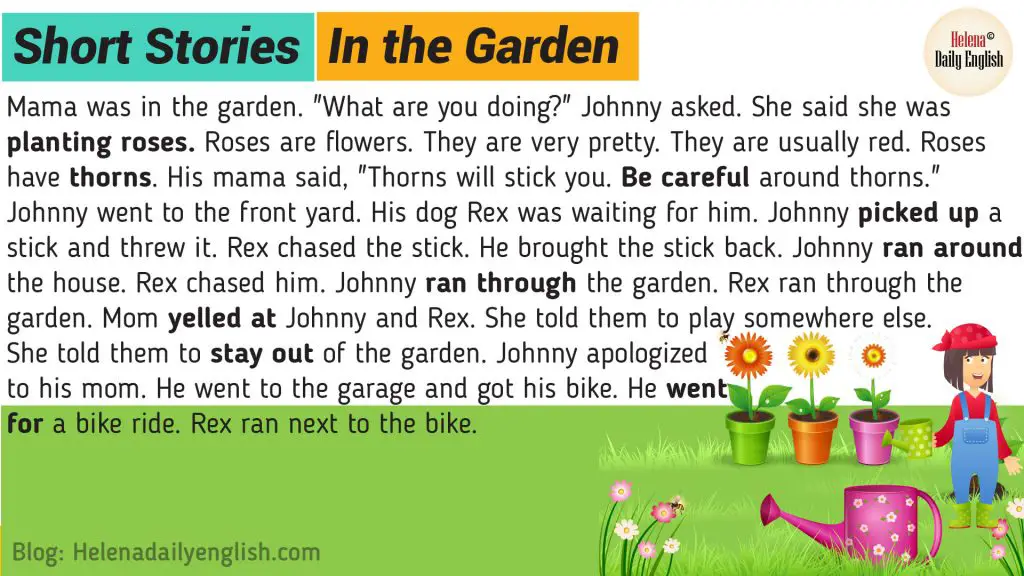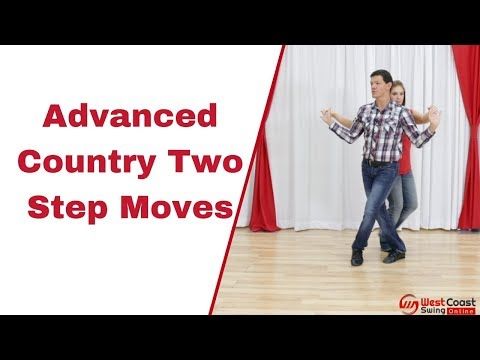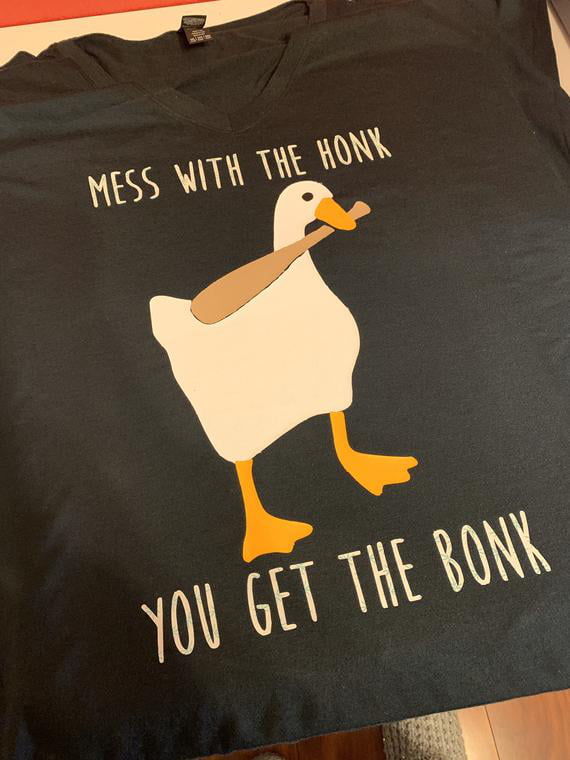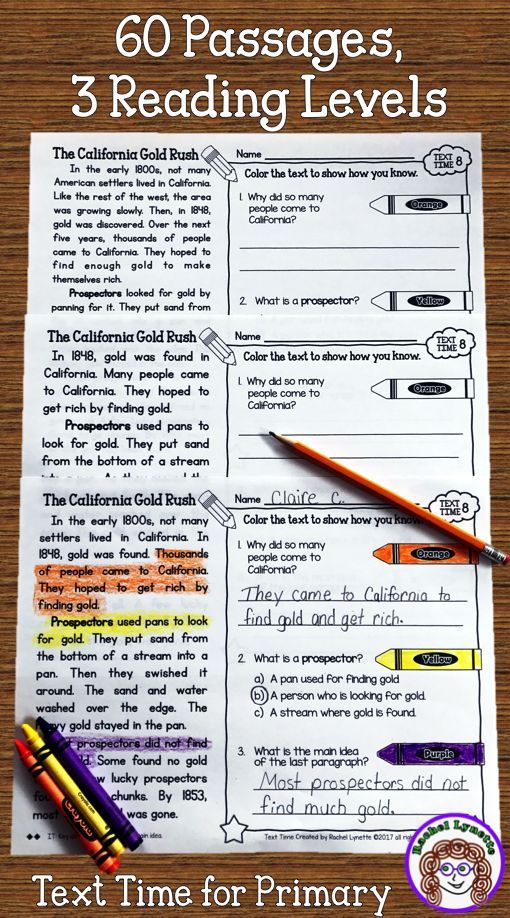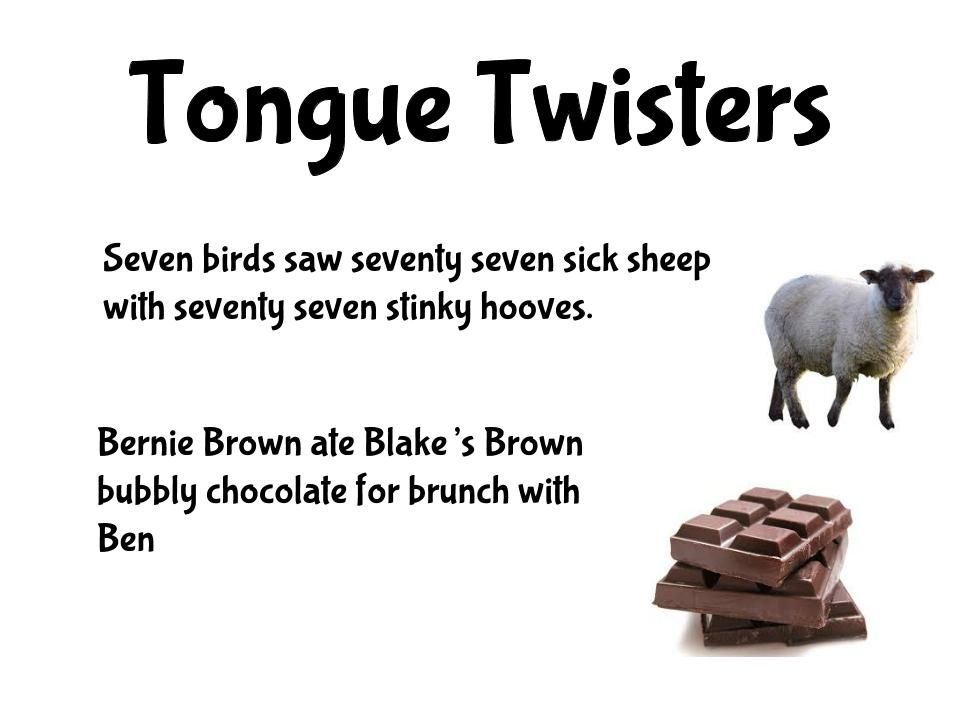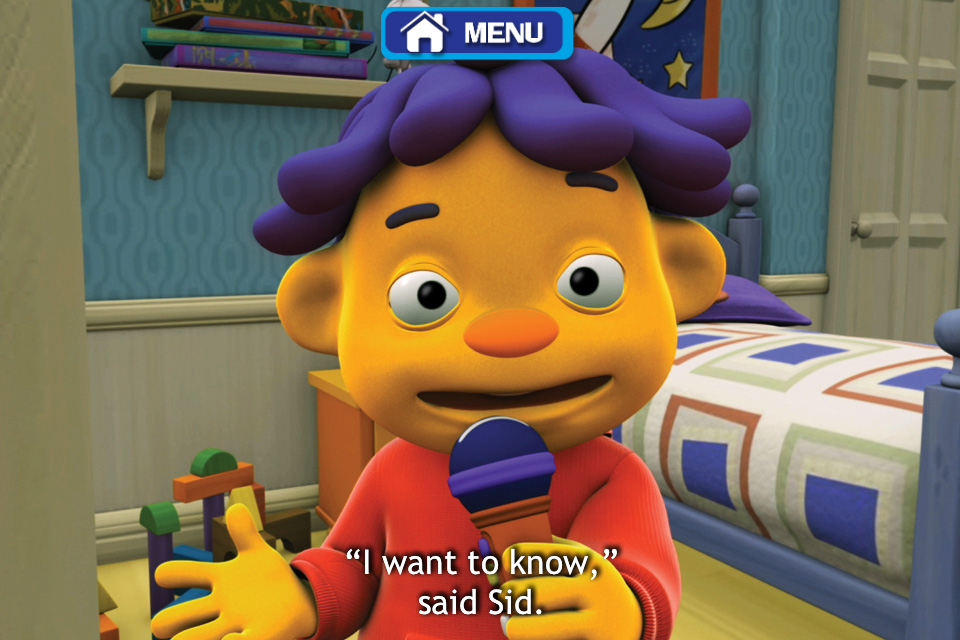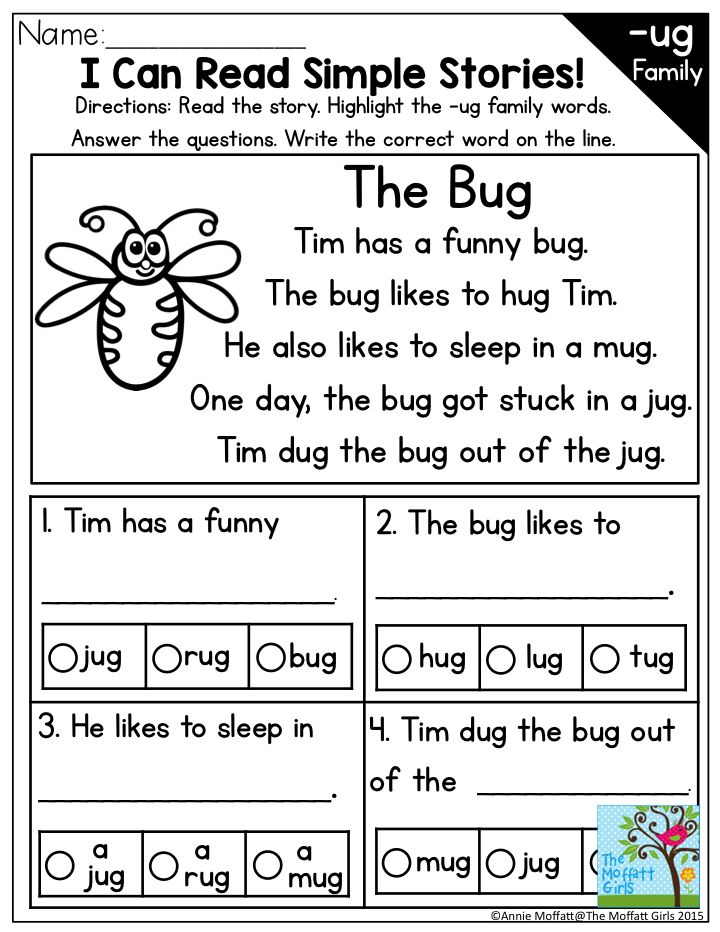Long vowel phonics
A Handy Guide to Long Vowel Sounds (+ 5 FREE Downloads)
by Marie Rippel
When you teach reading and spelling, it’s a good idea to have a general overview of long vowel sounds. Let’s dive in!
A long vowel is a vowel that is pronounced the same as its name. For example, the word emu starts with the long E sound.
Seems pretty simple, right? But did you know that long vowel sounds can be spelled four different ways and that each way follows a specific spelling pattern?
The overview that follows will help you see the big picture about long vowel sounds as you teach reading and spelling. Read on to discover these useful patterns!
Four Ways to Form Long Vowel Sounds
A vowel at the end of a syllable can be long.
In the word we, as in We love emus, the vowel E is at the end of the syllable and says long E. In these words, the vowel at the end of a syllable is long: hero, hi, music.
Silent E can make the previous vowel long.
In the word cute, as in Emus are cute, the long U sound is formed by adding Silent E at the end of the word. Here are more words in which Silent E makes the previous vowel long: tape, shine, code.
Vowel teams can make long vowel sounds.
Vowel teams are two vowels that work together to make one sound. For example, in the word eat, as in Emus eat seeds, vowel team EA says long E. These words have vowel teams that make a long vowel sound: mail, sheep, soap.
I or O can be long when they come before two consonants.
In the word stroll, as in The emu went for a stroll, the letter O comes before two consonants and says its long vowel sound.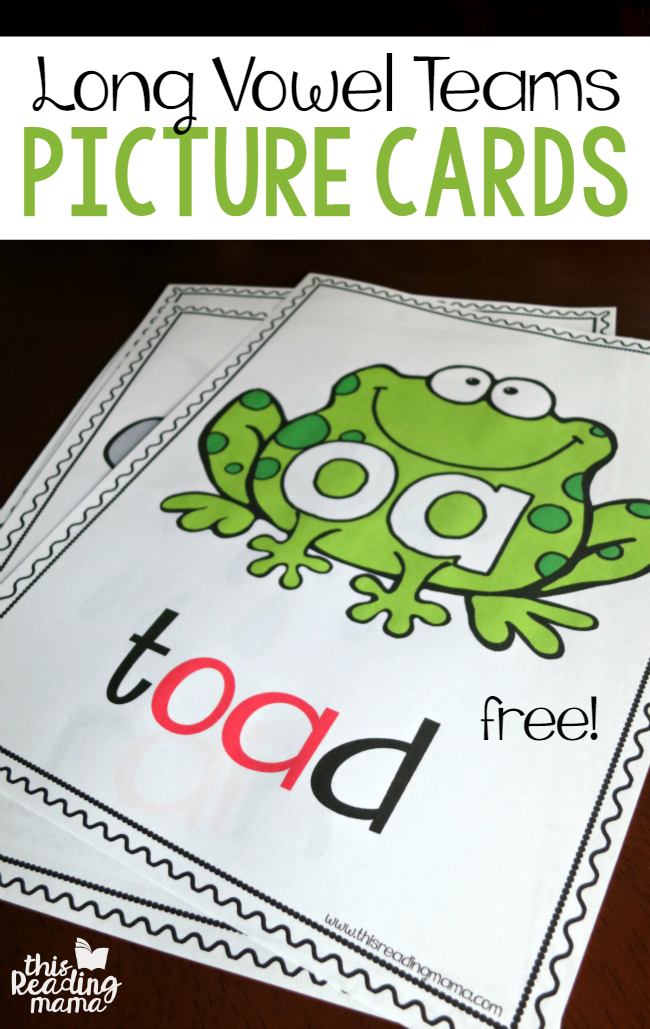 In these words, I or O are long before two consonants: kind, gold, child.
In these words, I or O are long before two consonants: kind, gold, child.
So there you go—the four basic patterns for spelling long vowel sounds!
Let’s Dive in a Little Deeper
The chart below illustrates the most common ways to spell the long vowel sounds.
Click to Download a Printable Chart!
Seeing these spellings all gathered in one place is enlightening for those of us who are already proficient readers and spellers. But I would only recommend using the chart for reference, or with an older student who has already mastered most of these phonograms. I would not recommend overwhelming a beginning student by teaching these spellings all at once. Instead, teach these basic patterns to students incrementally, one at a time.
Activities to Teach Long Vowel Sounds
Are you interested in seeing how we teach the four long vowel patterns in All About Reading and All About Spelling? Here is a sampling for you to download and enjoy!
Download “Be a Hero” Activity
(Vowel at the end of a syllable)
Download “Kit or Kite?” Activity
(Silent E)
Download “Wake Up the Sheep” Activity
(Vowel Teams)
Download “Find Gold” Activity
(I and O are long before two consonants)
The Bottom Line for Teaching Long Vowel Sounds
When it comes to teaching long vowel sounds, here’s what you need to keep in mind:
- Long vowel sounds can be spelled four different ways, each following a specific pattern.
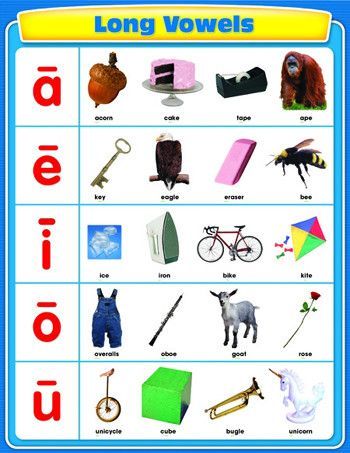
- Teach these basic patterns to students incrementally, one at a time.
- Keep it fun! Use a wide variety of interesting activities to help your student learn the four patterns for forming long vowel sounds.
All About Reading and All About Spelling walk you and your student through all the steps needed to help your student learn to read and spell. The programs are multisensory, motivating, and complete with everything you need. And if you ever need a helping hand, we’re here for you.
What’s your take on teaching the long vowel sounds? Do you have anything else to share? Let me know in the comments below!
Looking for information on short vowels? Check out our Handy Guide to Short Vowel Sounds!
Long Vowel Sounds
lucyteachchildrenLeave a comment
Learning to hear and differentiate the vowel sounds from consonant sounds is an important skill in understanding how words are formed.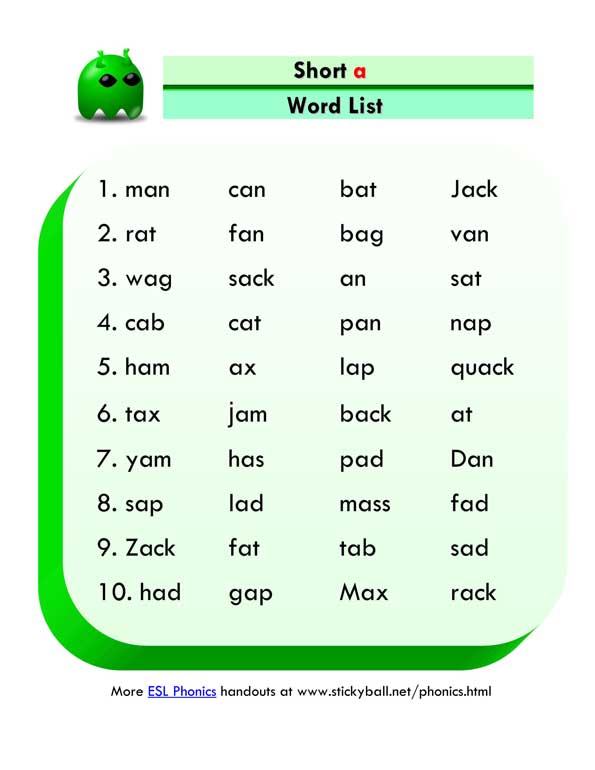 Every word in the English Language has to have a vowel sound in it and every syllable in a word also has to have a vowel sound within it. This knowledge is an important element in developing our phonemic awareness and phonics knowledge as we start to learn how to read and spell words.
Every word in the English Language has to have a vowel sound in it and every syllable in a word also has to have a vowel sound within it. This knowledge is an important element in developing our phonemic awareness and phonics knowledge as we start to learn how to read and spell words.
There are 20 vowel sounds in the English (UK) Language, usually (in the UK Education System) split into two main categories based on sound quality:
- ‘Short’ vowel sounds, due to the short duration of the sound being made, the sound cannot be held onto without becoming distorted, such as the /e,(e)/ in me, pea and tree
- ‘Long’ vowel sounds, due to the length of their pronunciation, these can often be held without distorting their sound, such as the /oi,(ɔI)/ sound found in the words:boy, coin and buoy
Here at Teach Phonics we split the ‘long’ vowel sounds category into ‘long’ vowel sounds and ‘long ‘R’ controlled’ vowel sounds.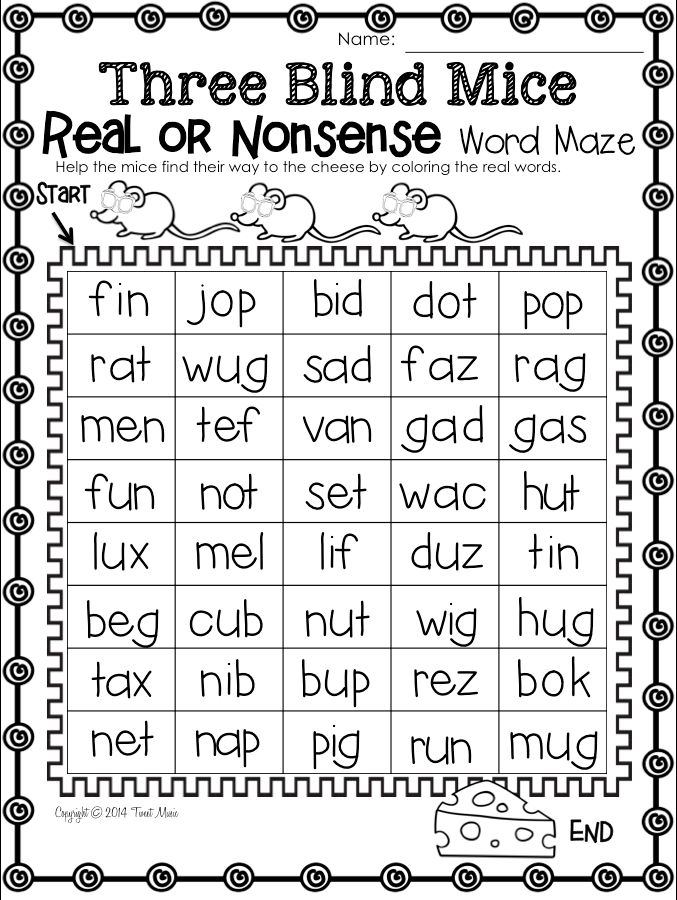 The ‘long ’R’ controlled’ vowel sounds are so called because of the slight /r,(r)/ sound quality that can be heard in them for example the /or,(ɔː)/ sound found in the words: fork, door, walk and sauce.
The ‘long ’R’ controlled’ vowel sounds are so called because of the slight /r,(r)/ sound quality that can be heard in them for example the /or,(ɔː)/ sound found in the words: fork, door, walk and sauce.
The English Phoneme Chart (https://www.teachphonics.co.uk/phonics-phoneme-chart.html ), which uses the unique symbols of the International Phonetic Alphabet (IPA), splits the 20 vowel sounds into two groups based on mouth position:
- Monophthongs which have one mouth position throughout the sound for example /e,(e)/ in me.
- Diphthongs, where the mouth position changes, giving a 2 sounds quality to the phoneme for example, /oi,(ɔI)/ inboy.
lucyteachchildrenLeave a comment
The English Language is created through the different combinations of 44 sounds (phonemes), 20 vowels and 24 consonants.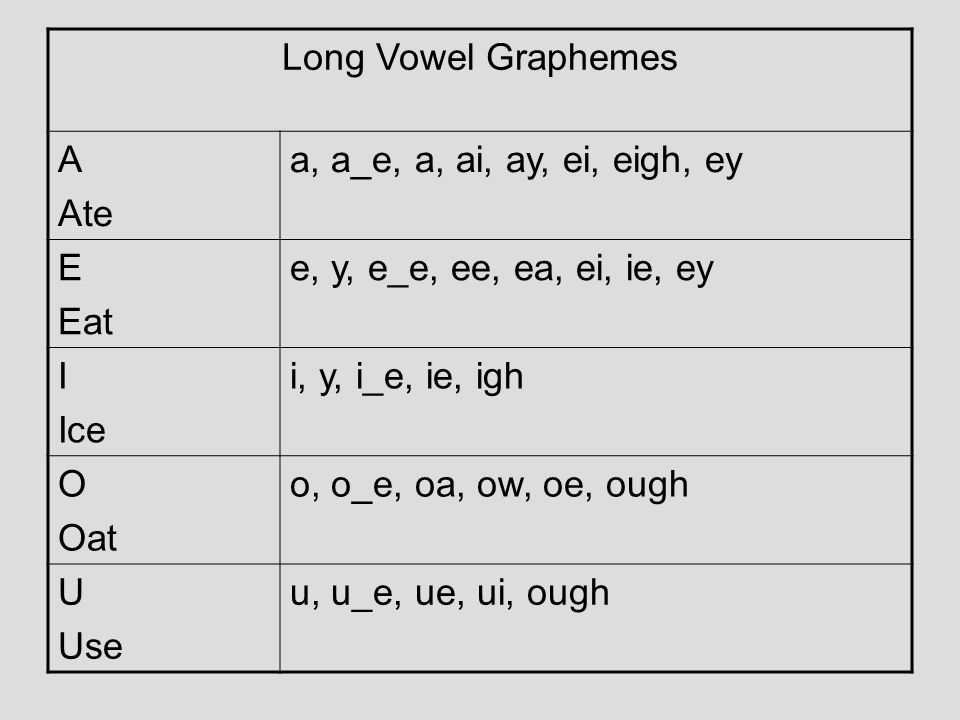 In our written language we refer to the letters of the alphabet as being consonant or vowel letters depending on which type of sound they are representing.
In our written language we refer to the letters of the alphabet as being consonant or vowel letters depending on which type of sound they are representing.
Vowel sounds allow the air to flow freely, causing the chin to drop noticeably, whilst consonant sounds are produced by restricting the air flow.
Vowel sounds are usually (in the UK Education System) split into two main categories based on sound quality:
- ‘Short’ vowel sounds, due to the short duration of the sound being made. The sound cannot be held onto without becoming distorted
- ‘Long’ vowel sounds, due to the length of their pronunciation. These can often be held without distorting their sound.
The letters of the alphabet that we normally associate as being the vowel letters are: a, e, i, o and u. The letter ‘y’ is sometimes referred to as an honorary or semi vowel as it is used to replace one of the other vowel letters in words such as: fly, shy, why or my.
All words in the English language have at least one vowel sound in them so the written version must have at least one vowel letter in it.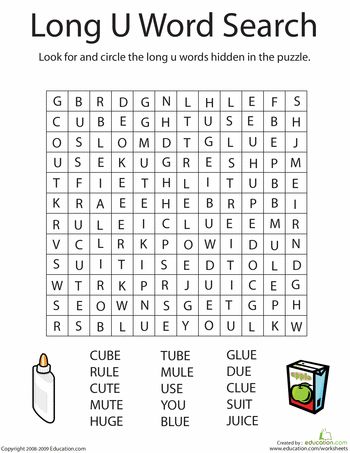
Consonant sounds are made (produced) when the air flow is being restricted in some way, for example, changes in tongue position resulting in the mouth not opening as wide. This means that the jaw doesn’t drop noticeably, which is different to vowel sounds.
The letters of the alphabet that usually represent the consonant sounds are: b, c, d, f, g, h, j, k, l, m, n, p, q, r, s, t, v, w, x, y, z.
Phonological AwarenessAlphabet Knowledge, Consonant Letters, Consonant Sounds, Consonants, Long Vowel Sounds, Short Vowel Sounds, Vowel Letters, VowelslucyteachchildrenLeave a comment
A couple of weeks ago we explained that there are 20 vowel sounds in the English (UK) sound system and a after that we looked at the 7 ‘short’ vowel sounds. This week we are taking a look at the remaining 13 ‘long’ vowel sounds.
Here at Teach Phonics we split them in to two groups: 7 ‘long’ vowel sounds and 6 ‘long ‘R’ controlled’ vowel sounds.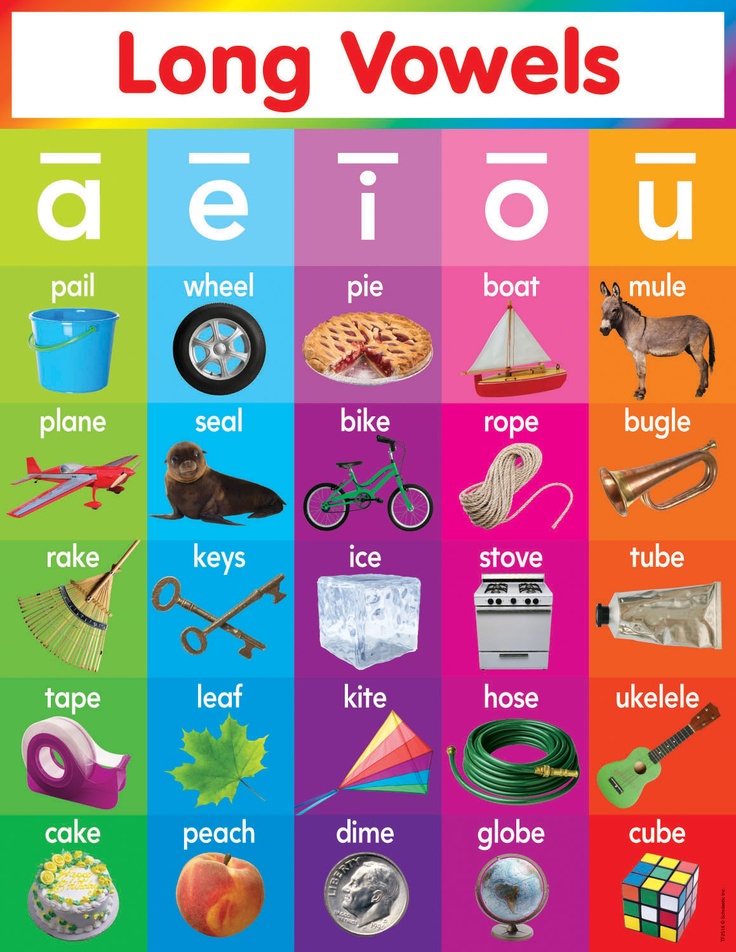
The 7 ‘long’ vowel sounds areso calleddue to the length of their pronunciation; these can often be held without distorting their sound.
The /ai,(eI)/ sound found in the words: train, tray, cake and break.
The /oa,(ǝƱ)/ sound found in the words: boat, hotel, toe and bone.
The /oi,(ɔI)/ sound found in the words: boy, coin and buoy.
The /ow,(aƱ)/ sound found in the words: owl, house, drought and hour.
The /ee,(іː)/ sound found in the words: tree, pea, me, and pony.
The /I,(aI)/ sound found in the words: iron, fly, pie and light.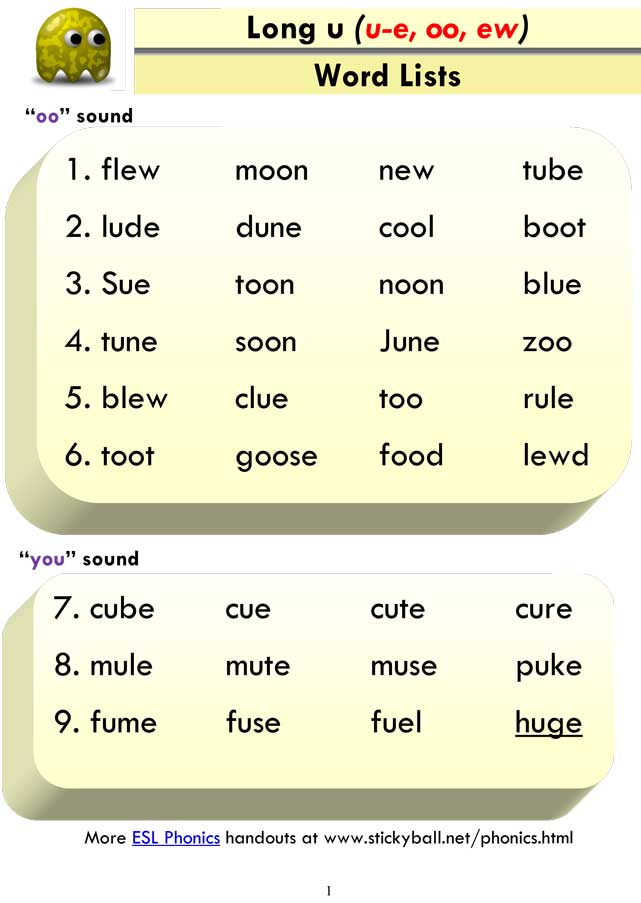
The /oo,(uː)/ sound found in the words: spoon, blue, screw and you.
The 6 ‘long ‘R’ controlled’ vowel sounds are so called because of the slight /r,(r)/ sound quality that can be heard in them along with the length of their pronunciation; these can often be held without distorting their sound.
The /ar,(ɑː)/ sound found in the words: car, father (southern UK accent) and art.
The /or,(ɔː)/ sound found in the words: fork, door, walk and sauce.
The /ear,(Iǝ)/ sound found in the words: ear, here, deer and pier.
The /er,(ɜː)/ sound found in the words: bird, kerb, nurse and worm.
The /re,(Ʊǝ)/ sound found in the words: manure, tour and mature.
The /air,(eǝ)/ sound found in the words: chair, pear, square and where.
Phonics, Phonological AwarenessLong 'R' Controlled Vowel Sounds, Long Vowel Sounds, VowelslucyteachchildrenLeave a comment
The English Language is created through the different combinations of 44 sounds (phonemes), 20 vowels and 24 consonants. In our written language we refer to the letters of the alphabet as being consonant or vowel letters depending on which type of sound they are representing.
Vowel sounds allow the air to flow freely, causing the chin to drop noticeably, whilst consonant sounds are produced by restricting the air flow.
Vowel sounds are usually (in the UK Education System) split into two main categories based on sound quality:
- ‘Short’ vowel sounds, due to the short duration of the sound being made. The sound cannot be held onto without becoming distorted
- ‘Long’ vowel sounds, due to the length of their pronunciation. These can often be held without distorting their sound.
The letters of the alphabet that we normally associate as being the vowel letters are: a, e, i, o and u. The letter ‘y’ is sometimes referred to as an honorary or semi vowel as it is used to replace one of the other vowel letters in words such as: fly, shy, why or my.
All words in the English language have at least one vowel sound in them so the written version must have at least one vowel letter in it.
Consonant sounds are made (produced) when the air flow is being restricted in some way, for example, changes in tongue position resulting in the mouth not opening as wide. This means that the jaw doesn’t drop noticeably, which is different to vowel sounds.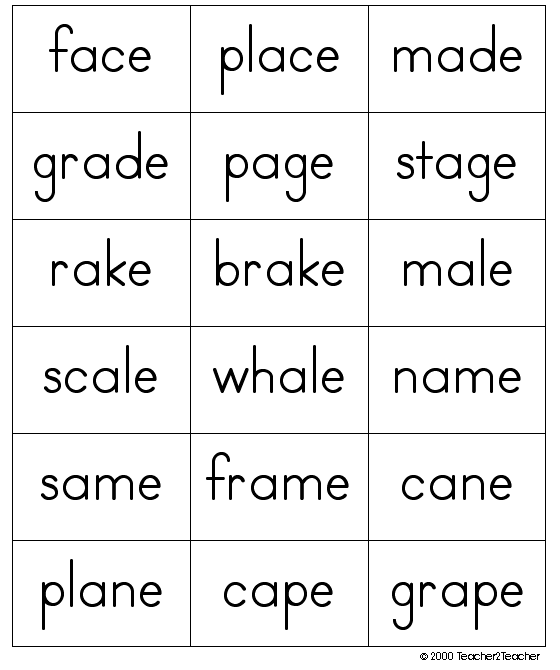
The letters of the alphabet that usually represent the consonant sounds are: b, c, d, f, g, h, j, k, l, m, n, p, q, r, s, t, v, w, x, y, z.
Phonics, Phonological AwarenessAlphabet Knowledge, Consonants, Letters of the Alphabet, Long Vowel Sounds, Phonemes, Short Vowel Sounds, VowelslucyteachchildrenLeave a comment
A couple of weeks ago we explained that there are 20 vowel sounds in the English (UK) sound system and last week we looked at the 7 ‘short’ vowel sounds. This week we are taking a look at the remaining 13 ‘long’ vowel sounds.
Here at Teach Phonics we split them in to two groups: 7 ‘long’ vowel sounds and 6 ‘long ‘R’ controlled’ vowel sounds.
The 7 ‘long’ vowel sounds areso calleddue to the length of their pronunciation; these can often be held without distorting their sound.
The /ai,(eI)/ sound found in the words: train, tray, cake and break.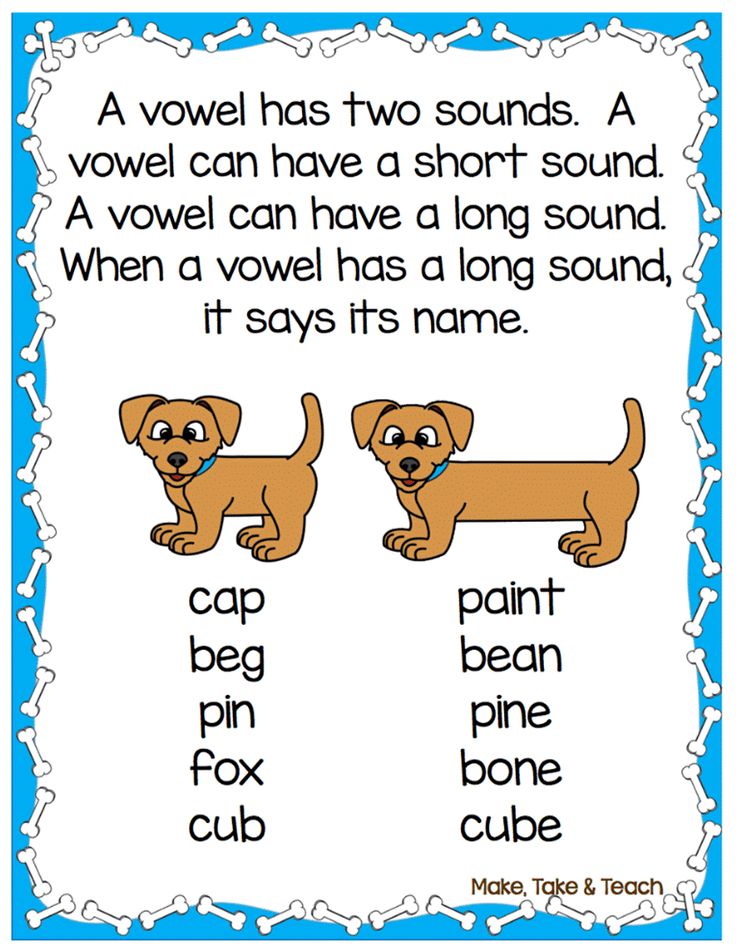
The /oa,(ǝƱ)/ sound found in the words: boat, hotel, toe and bone.
The /oi,(ɔI)/ sound found in the words: boy, coin and buoy.
The /ow,(aƱ)/ sound found in the words: owl, house, drought and hour.
The /ee,(іː)/ sound found in the words: tree, pea, me, and pony.
The /I,(aI)/ sound found in the words: iron, fly, pie and light.
The /oo,(uː)/ sound found in the words: spoon, blue, screw and you.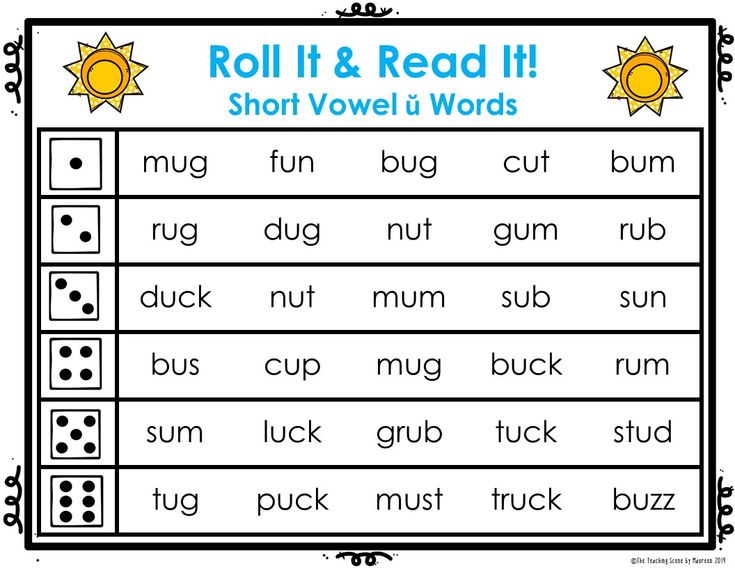
The 6 ‘long ‘R’ controlled’ vowel sounds are so called because of the slight /r,(r)/ sound quality that can be heard in them along with the length of their pronunciation; these can often be held without distorting their sound.
The /ar,(ɑː)/ sound found in the words: car, father (southern UK accent) and art.
The /or,(ɔː)/ sound found in the words: fork, door, walk and sauce.
The /ear,(Iǝ)/ sound found in the words: ear, here, deer and pier.
The /er,(ɜː)/ sound found in the words: bird, kerb, nurse and worm.
The /re,(Ʊǝ)/ sound found in the words: manure, tour and mature.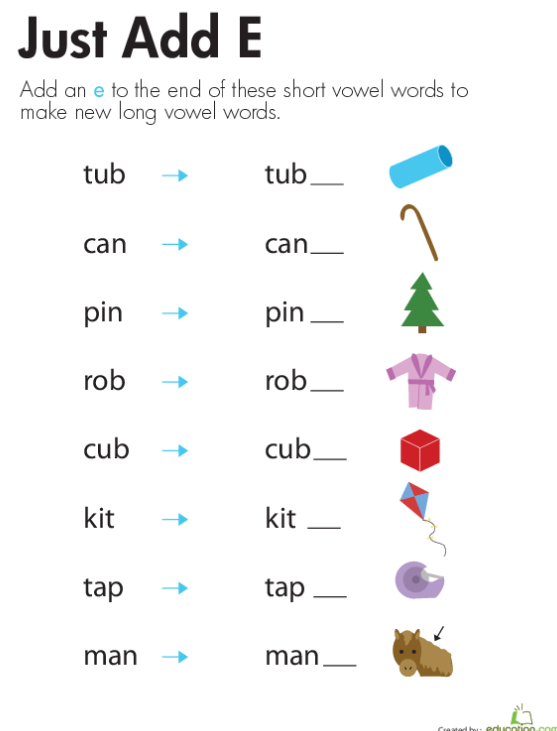
The /air,(eǝ)/ sound found in the words: chair, pear, square and where.
For more examples of long vowel sounds follow this link to our website: https://www.teachphonics.co.uk/phonics-phoneme-chart.html
PhonicsLong 'R' Controlled Vowel Sounds, Long Vowel Sounds, Phonicslucyteachchildren1 Comment
Learning to hear and differentiate the vowel sounds from consonant sounds is an important skill in understanding how words are formed. Every word in the English Language has to have a vowel sound in it and every syllable in a word also has to have a vowel sound within it. This knowledge is an important element in developing our phonemic awareness and phonics knowledge as we start to learn how to read and spell words.
There are 20 vowel sounds in the English (UK) Language, usually (in the UK Education System) split into two main categories based on sound quality:
- ‘Short’ vowel sounds, due to the short duration of the sound being made, the sound cannot be held onto without becoming distorted, such as the /e,(e)/ in me, pea and tree
- ‘Long’ vowel sounds, due to the length of their pronunciation, these can often be held without distorting their sound, such as the /oi,(ɔI)/ sound found in the words:boy, coin and buoy
Here at Teach Phonics we split the ‘long’ vowel sounds category into ‘long’ vowel sounds and ‘long ‘R’ controlled’ vowel sounds. The ‘long ’R’ controlled’ vowel sounds are so called because of the slight /r,(r)/ sound quality that can be heard in them for example the /or,(ɔː)/ sound found in the words: fork, door, walk and sauce.
The ‘long ’R’ controlled’ vowel sounds are so called because of the slight /r,(r)/ sound quality that can be heard in them for example the /or,(ɔː)/ sound found in the words: fork, door, walk and sauce.
The English Phoneme Chart, which uses the unique symbols of the International Phonetic Alphabet (IPA), splits the 20 vowel sounds into two groups based on mouth position:
- Monophthongs which have one mouth position throughout the sound for example /e,(e)/ in me.
- Diphthongs, where the mouth position changes, giving a 2 sounds quality to the phoneme for example, /oi,(ɔI)/ inboy.
lucyteachchildren2 Comments
The English Language is created through the different combinations of 44 sounds (phonemes), 20 vowels and 24 consonants.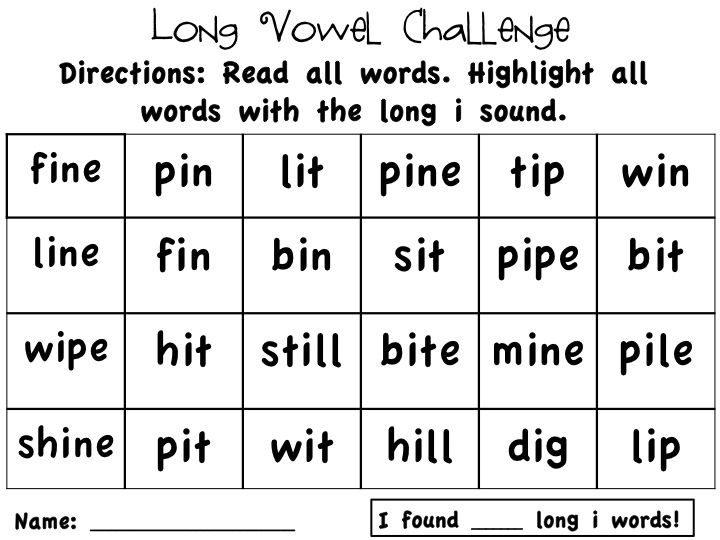 In our written language we refer to the letters of the alphabet as being consonant or vowel letters depending on which type of sound they are representing.
In our written language we refer to the letters of the alphabet as being consonant or vowel letters depending on which type of sound they are representing.
Vowel sounds allow the air to flow freely, causing the chin to drop noticeably, whilst consonant sounds are produced by restricting the air flow.
Vowel sounds are usually (in the UK Education System) split into two main categories based on sound quality:
- ‘Short’ vowel sounds, due to the short duration of the sound being made. The sound cannot be held onto without becoming distorted
- ‘Long’ vowel sounds, due to the length of their pronunciation. These can often be held without distorting their sound.
The letters of the alphabet that we normally associate as being the vowel letters are: a, e, i, o and u. The letter ‘y’ is sometimes referred to as an honorary or semi vowel as it is used to replace one of the other vowel letters in words such as: fly, shy, why or my.
All words in the English language have at least one vowel sound in them so the written version must have at least one vowel letter in it.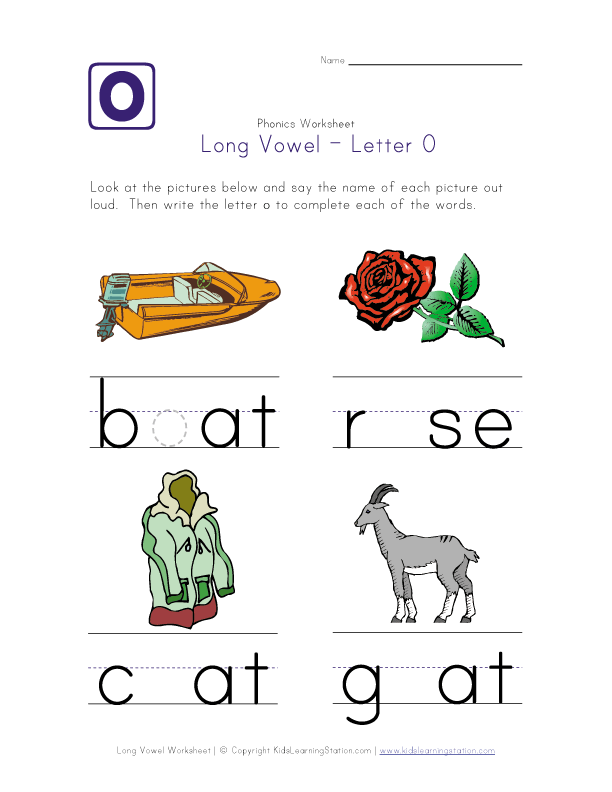
Consonant sounds are made (produced) when the air flow is being restricted in some way, for example, changes in tongue position resulting in the mouth not opening as wide. This means that the jaw doesn’t drop noticeably, which is different to vowel sounds.
The letters of the alphabet that usually represent the consonant sounds are: b, c, d, f, g, h, j, k, l, m, n, p, q, r, s, t, v, w, x, y, z.
PhonicsConsonant Sounds, Consonants, Letters of the Alphabet, Long Vowel Sounds, Phonemes, Short Vowel Sounds, Vowelslucyteachchildren1 Comment
A couple of weeks ago we explained that there are 20 vowel sounds in the English (UK) sound system and last week we looked at the 7 ‘short’ vowel sounds. This week we are taking a look at the remaining 13 ‘long’ vowel sounds.
Here at Teach Phonics we split them in to two groups: 7 ‘long’ vowel sounds and 6 ‘long ‘R’ controlled’ vowel sounds.
The 7 ‘long’ vowel sounds are so called due to the length of their pronunciation; these can often be held without distorting their sound.
The /ai,(eI)/ sound found in the words: train, tray, cake and break.
The /oa,(ǝƱ)/ sound found in the words: boat, hotel, toe and bone.
The /oi,(ɔI)/ sound found in the words: boy, coin and buoy.
The /ow,(aƱ)/ sound found in the words: owl, house, drought and hour.
The /ee,(іː)/ sound found in the words: tree, pea, me, and pony.
The /I,(aI)/ sound found in the words: iron, fly, pie and light.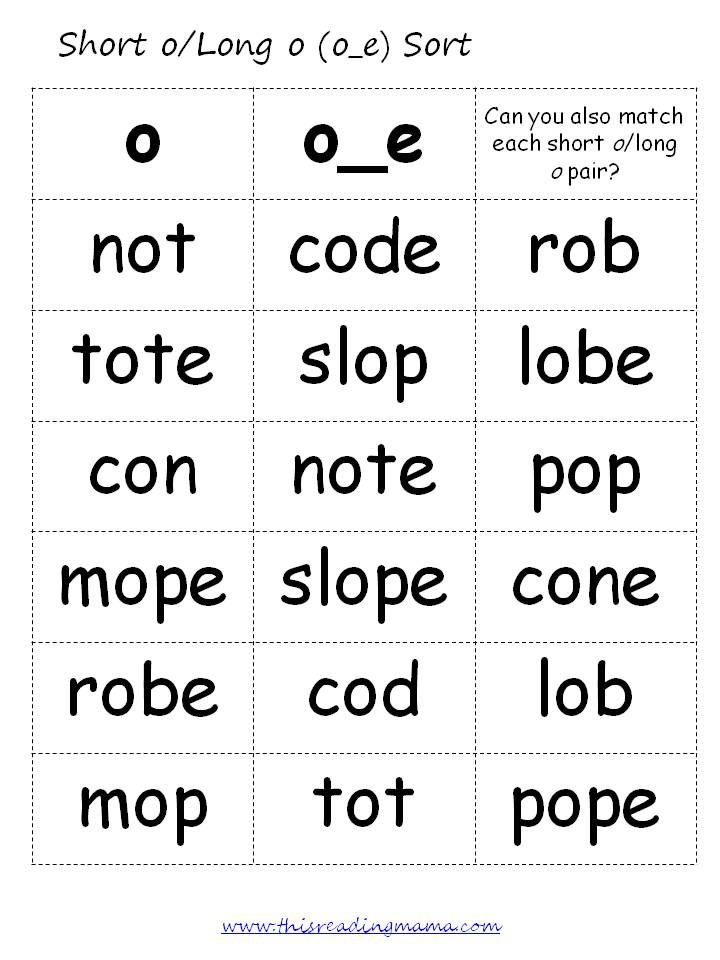
The /oo,(uː)/ sound found in the words: spoon, blue, screw and you.
The 6 ‘long ‘R’ controlled’ vowel sounds are so called because of the slight /r,(r)/ sound quality that can be heard in them along with the length of their pronunciation; these can often be held without distorting their sound.
The /ar,(ɑː)/ sound found in the words: car, father (southern UK accent) and art.
The /or,(ɔː)/ sound found in the words: fork, door, walk and sauce.
The /ear,(Iǝ)/ sound found in the words: ear, here, deer and pier.
The /er,(ɜː)/ sound found in the words: bird, kerb, nurse and worm.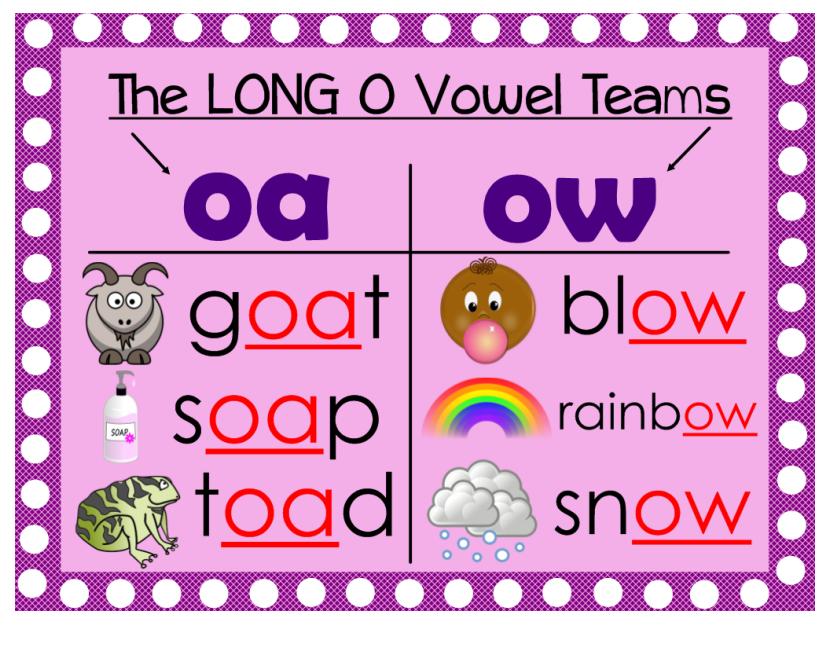
The /re,(Ʊǝ)/ sound found in the words: manure, tour and mature.
The /air,(eǝ)/ sound found in the words: chair, pear, square and where.
PhonicsEnglish Language, Long 'R' Controlled Vowel Sounds, Long Vowel Sounds, Phonics, Short Vowel SoundslucyteachchildrenLeave a comment
Learning to hear and differentiate the vowel sounds from consonant sounds is an important skill in understanding how words are formed. Every word in the English Language has to have a vowel sound in it and every syllable in a word also has to have a vowel sound within it. This knowledge is an important element in developing our phonemic awareness and phonics knowledge as we start to learn how to read and spell words.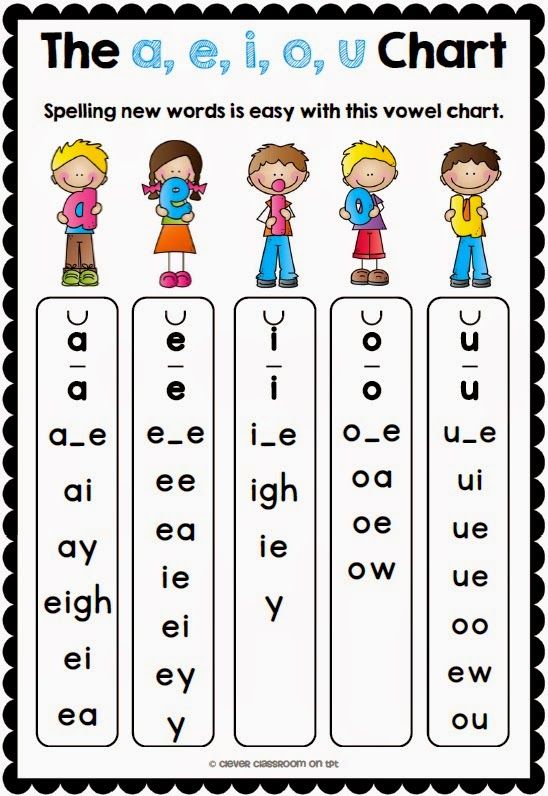
There are 20 vowel sounds in the English (UK) Language, usually (in the UK Education System) split into two main categories based on sound quality:
- ‘Short’ vowel sounds, due to the short duration of the sound being made, the sound cannot be held onto without becoming distorted, such as the /e,(e)/ in me, pea and tree
- ‘Long’ vowel sounds, due to the length of their pronunciation, these can often be held without distorting their sound, such as the /oi,(ɔI)/ sound found in the words: boy, coin and buoy
Here at Teach Phonics we split the ‘long’ vowel sounds category into ‘long’ vowel sounds and ‘long ‘R’ controlled’ vowel sounds. The ‘long ’R’ controlled’ vowel sounds are so called because of the slight /r,(r)/ sound quality that can be heard in them for example the /or,(ɔː)/ sound found in the words: fork, door, walk and sauce.
The English Phoneme Chart, which uses the unique symbols of the International Phonetic Alphabet (IPA), splits the 20 vowel sounds into two groups based on mouth position:
- Monophthongs which have one mouth position throughout the sound for example /e,(e)/ in me.
- Diphthongs, where the mouth position changes, giving a 2 sounds quality to the phoneme for example, /oi,(ɔI)/ in boy.
lucyteachchildrenLeave a comment
There are 13 ‘long vowel’ sounds in total; 7 ‘long vowel’ sounds and 6 ‘long ‘R’ controlled vowel’ sounds.
The 7 ‘long vowel’ sounds are so called due to the length of their pronunciation; these can often be held without distorting their sound.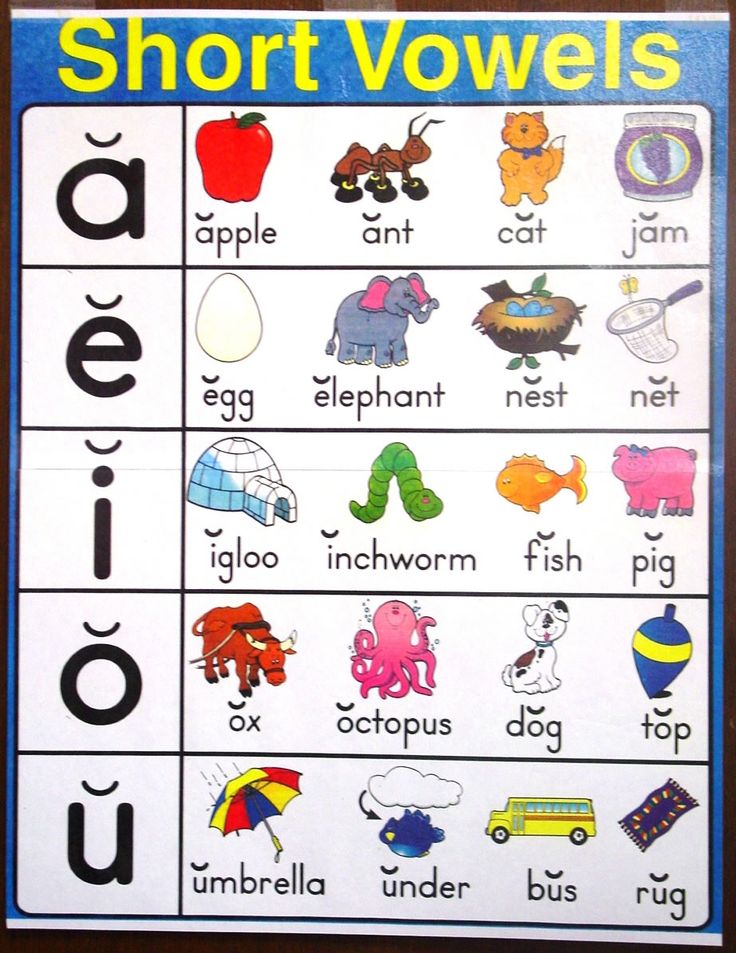
The /ai,(eI)/ sound found in the words: train, tray, cake and break.
The /oa,(ǝƱ)/ sound found in the words: boat, hotel, toe and bone.
The /oi,(ɔI)/ sound found in the words: boy, coin and buoy.
The /ow,(aƱ)/ sound found in the words: owl, house, drought and hour.
The /ee,(іː)/ sound found in the words: tree, pea, me, and pony.
The /I,(aI)/ sound found in the words: iron, fly, pie and light.
The /oo,(uː)/ sound found in the words: spoon, blue, screw and you.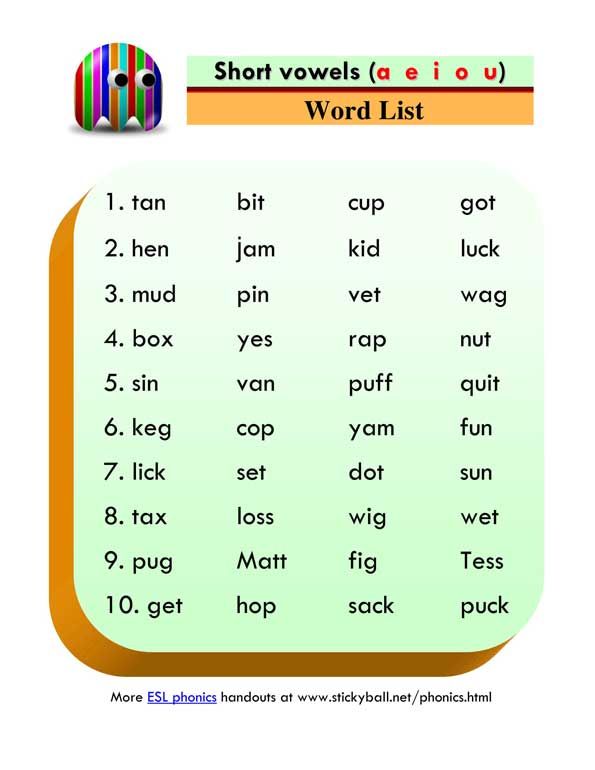
The 6 ‘long ‘R’ controlled vowel’ sounds are so called because of the slight /r,(r)/ sound quality that can be heard in them along with the length of their pronunciation; these can often be held without distorting their sound.
The /ar,(ɑː)/ sound found in the words: car, father (southern UK accent) and art.
The /or,(ɔː)/ sound found in the words: fork, door, walk and sauce.
The /ear,(Iǝ)/ sound found in the words: ear, here, deer and pier.
The /er,(ɜː)/ sound found in the words: bird, kerb, nurse and worm.
The /re,(Ʊǝ)/ sound found in the words: manure, tour and mature.
The /air,(eǝ)/ sound found in the words: chair, pear, square and where.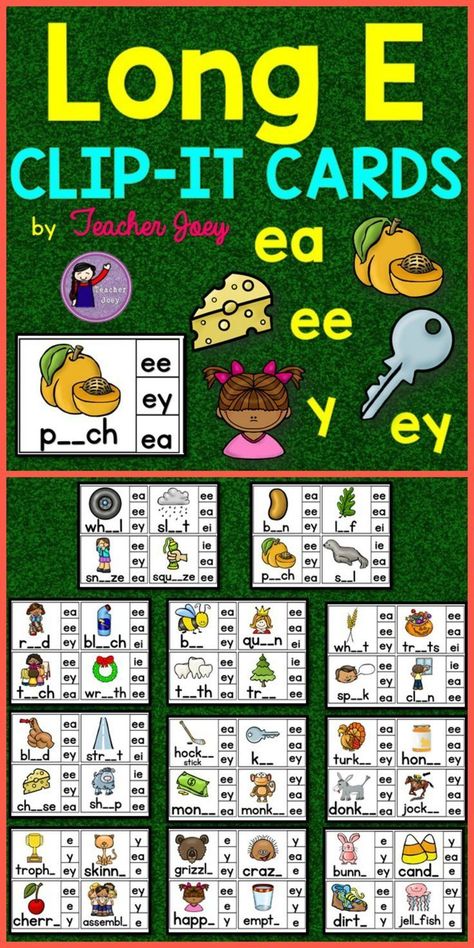
Long and short vowels in English
Longitude is one of the characteristics of a vowel sound, which shows the relative duration of its sound compared to other sounds.
Longitude can be positional and phonemic. In the first case, the duration of the vowel depends on the position in the word and stress, while this characteristic does not affect the meaning. The phonemic length of a vowel has a semantic function, that is, depending on the length of the sound, the meaning of the word changes.
Length of vowel sounds in English
In Russian, the length of vowel sounds does not affect the meaning of words and changes only depending on stress. In English, vowels differ not only in positional but also in phonemic length. This means that long and short sounds, similar in other characteristics, represent different phonemes. Words that differ only in these phonemes have different meanings: ship - sheep , fit - feet , pull - pool .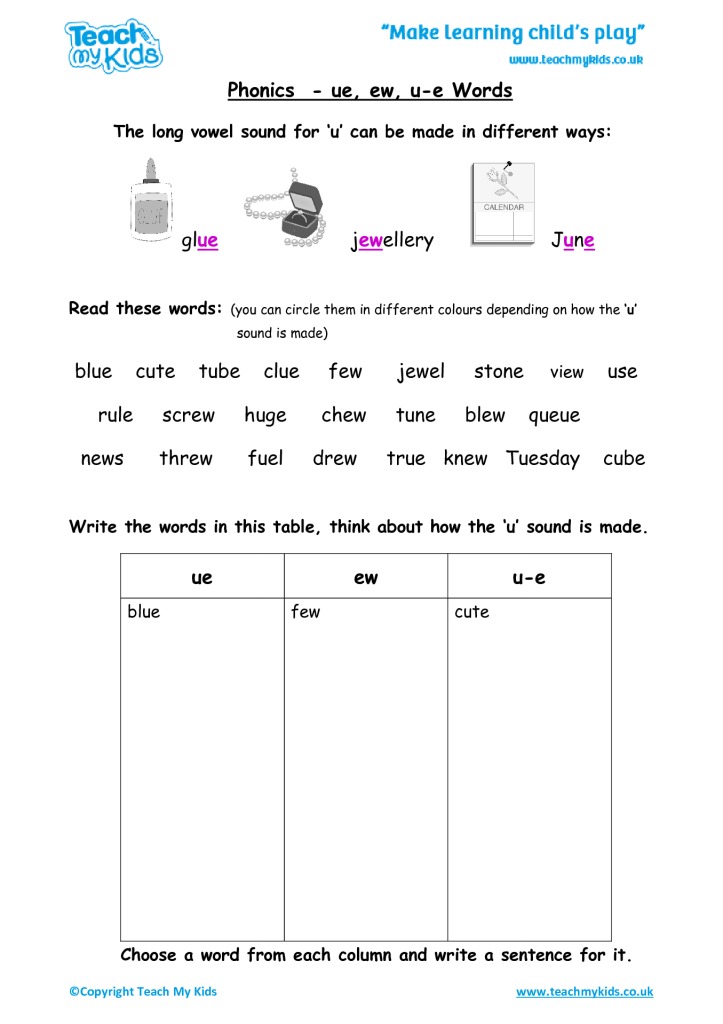 Therefore, it is so important to pronounce long and short sounds correctly.
Therefore, it is so important to pronounce long and short sounds correctly.
In transcription, long vowels are indicated with a colon: [i:], [α:], [ɔ:], [u:], [ә:]. In some cases, long vowels in an unstressed position are reduced and become semi-long, which in transcription is indicated by one dot from above: [α ].
The long vowels listed above are opposed to short vowels, forming the following pairs in English:
- [i:] - [ı]
- [uː] - [u]
- [ɔ:] - [ɒ]
- [α:] - [ʌ]
- [ә:] - [ə]
The pronunciation of long and short English vowels often causes difficulties for Russian learners of English, since in Russian vowels do not have phonemic longitude, and we are not used to distinguishing the length of a vowel sound by ear. We often do not hear the difference between long and short vowels when listening to English speech. It is still not clear how long you need to draw a sound when speaking, so very unnatural, or almost inaudible, or too long vowels are obtained.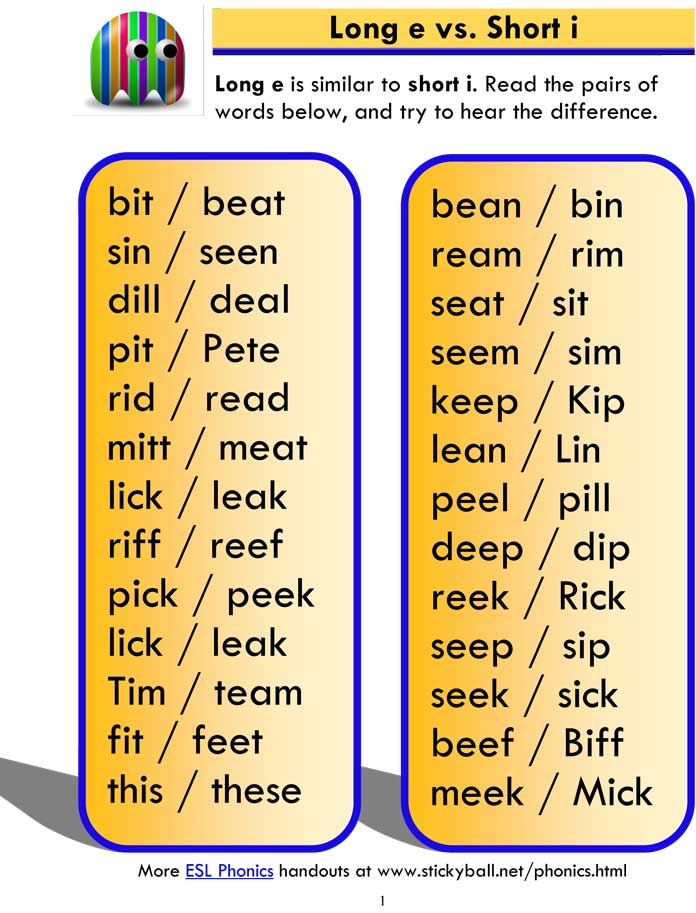 It is impossible to correctly pronounce short and long sounds so that a native speaker hears the difference, even if you diligently shorten short vowels and stretch out long ones.
It is impossible to correctly pronounce short and long sounds so that a native speaker hears the difference, even if you diligently shorten short vowels and stretch out long ones.
Sometimes it seems that native speakers themselves do not know the difference between short and long sounds, they seem to pronounce them the same way - but they themselves understand each other. But it's not. Let's see what are the differences between long and short English vowels, how to learn to hear them and how to train their pronunciation.
Differences between long and short English sounds
It is logical to assume that if vowels are called long or short, they differ in sound length. This is the main difference between them, but not the only one. It is important to understand that long and short sounds have other differences, which consist in articulatory features. This means that the sounds are not just of different lengths, they are also different in sound. And most often it is these articulatory features that determine the length of the vowel sound: the duration of the sound depends on the position of the tongue and the tension of the vocal apparatus.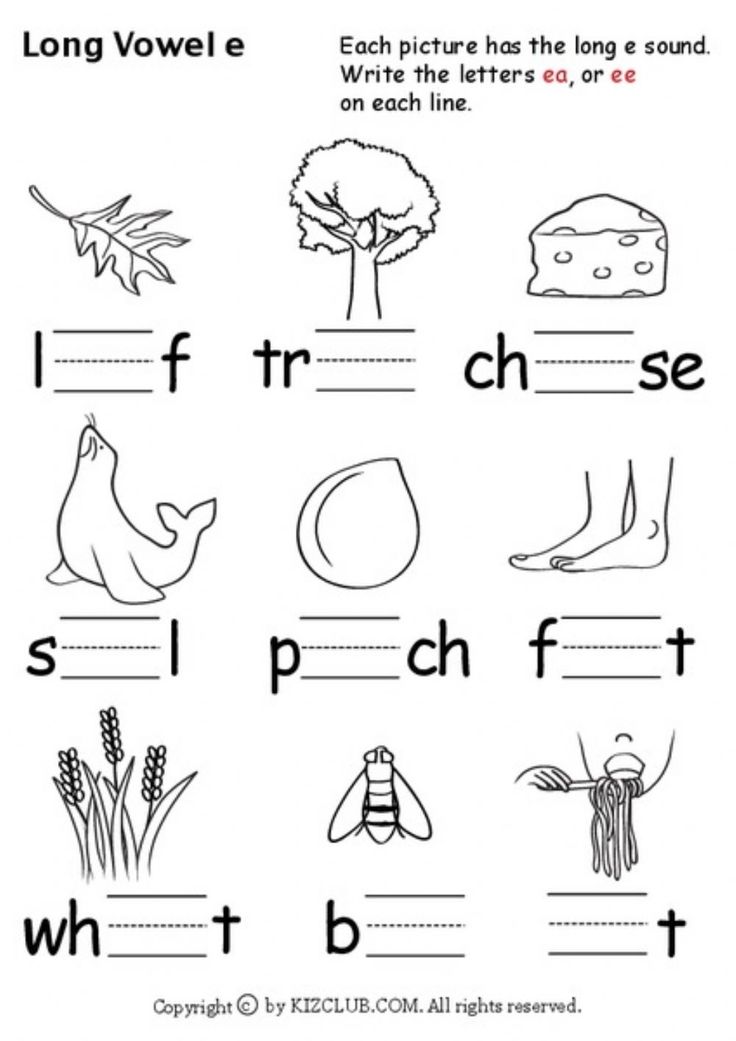
Long and short English vowels differ in such a characteristic as tension. Long vowels are tense, in English they are also called tense . When they are pronounced, the root of the tongue seems to be tense, under tension. The sound is pronounced, bright, rich, clear.
Short vowels are called lax – relaxed. The tongue in the region of the root is relaxed, the vowel sound is articulated quickly, easily, without additional effort, as if bursting. It turns out short, inconspicuous, faded and fuzzy.
Qualitative differences in sounds in different pairs of English vowels range from pronounced to almost imperceptible. It is easy to notice the difference between long and short sounds a: pay attention to how the words cart and cut are pronounced, they differ not only in duration, but also in sound. But the differences between long and short u are almost imperceptible: pool and pull sound very similar, only slightly different in length.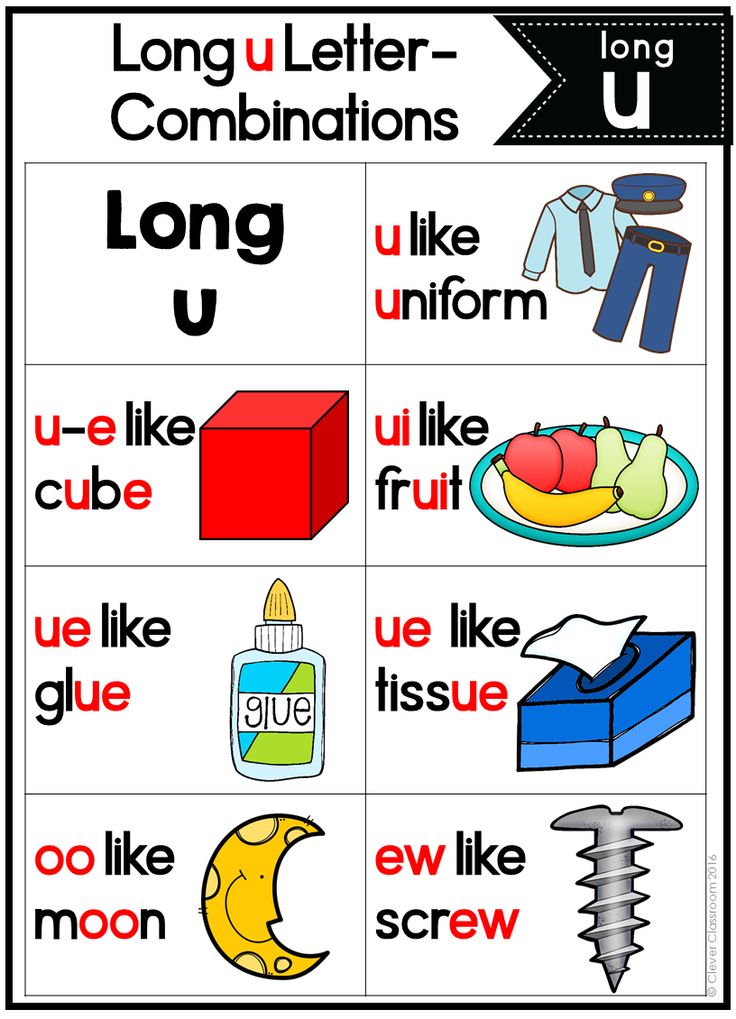 The Scots generally pronounce them the same way, differing only in context.
The Scots generally pronounce them the same way, differing only in context.
In addition, the duration of the pronunciation of vowels is also affected by positional longitude - for example, stressed or unstressed position in a word. As a result, a short vowel sound in one word may sound longer than a long sound in another word.
Thus, it is not enough to rely only on the subjective duration of a vowel sound. All the features of short and long vowels described above must be taken into account when learning English. It remains to understand how to master the pronunciation of long and short sounds in practice.
How to learn to pronounce long and short English vowels
The main mistake foreigners make when pronouncing long and short English sounds is focusing only on duration. But with this approach, it is intuitively incomprehensible where the boundary between a long and a short sound passes: you can’t measure the length of a sound with a stopwatch.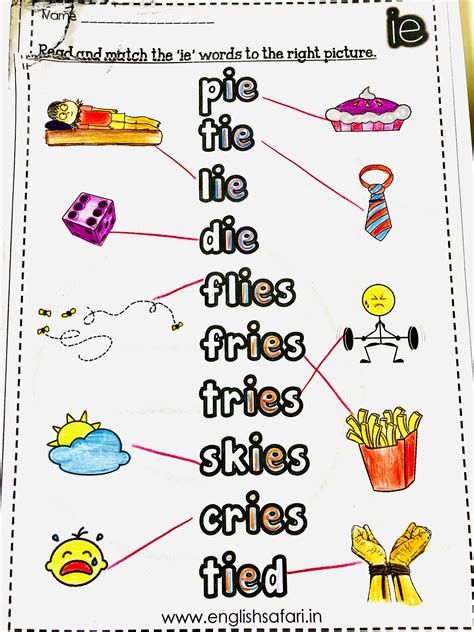 When trying to artificially lengthen or shorten a vowel, the sounds are unnaturally short or drawn out.
When trying to artificially lengthen or shorten a vowel, the sounds are unnaturally short or drawn out.
To learn how to pronounce long and short English sounds, you need to forget about the usual terminology "long" and "short". Try not to think about the duration of the sound at all. To correctly pronounce long and short vowels, you need to focus on their articulation, and not on duration. If we correctly reproduce the pronunciation of the vowel, then the duration will turn out to be correct automatically. Remember that long vowels require more tension at the root of the tongue, while short ones are pronounced without additional effort, easily and without tension.
Pay attention to how native speakers pronounce vowels - don't watch how long they draw them out, but watch the pronunciation, the articulation, the quality of the sound. Repeat, imitate, practice. For practice, it is best to use video lessons or a conversation with a native speaker, since audio materials do not make it possible to see articulation.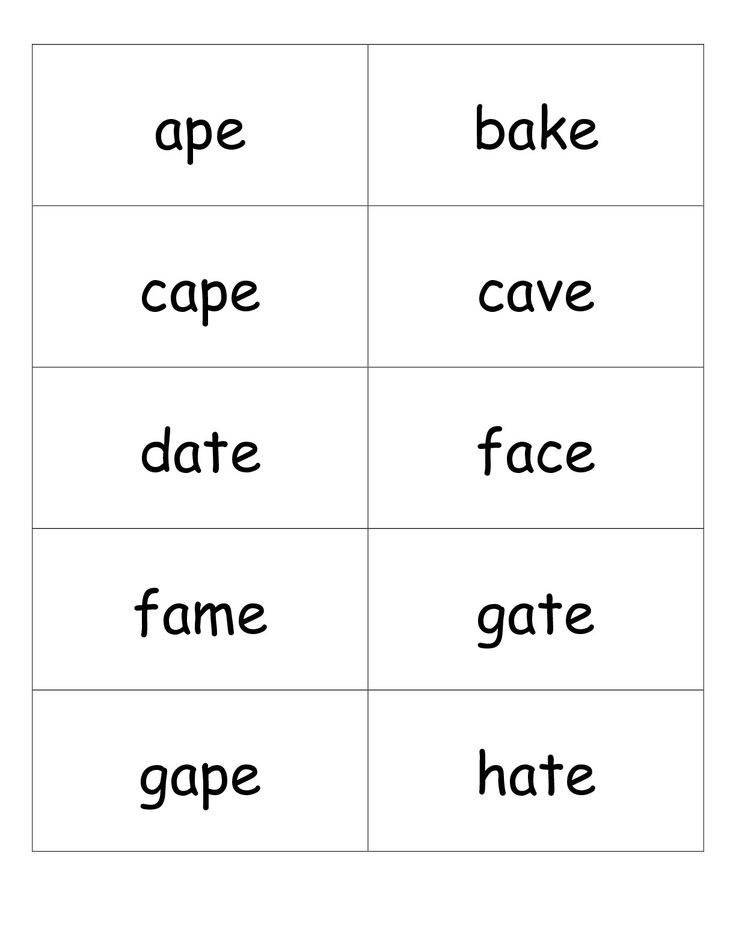
It is best to train long and short sounds not separately, but as part of words. First, this way you will note the influence of positional longitude on the duration of the sound in specific examples. Secondly, just as words are best learned in context, sounds are also best learned in the environment.
Practice pronunciation of long and short vowels in pairs of words to notice the difference between sounds, for example:
- Sport – hot
- Arm-cut
- See-hit
- Food-put
- Fur – ago
When you learn how to pronounce long and short vowels correctly in English, it will become easy to distinguish between them in speech. When listening to speech, forget about the differences in duration, pay attention to the qualitative differences in sounds - how intensely the vowel is pronounced, how bright or faded it sounds, how pairs of sounds differ from each other, except for duration.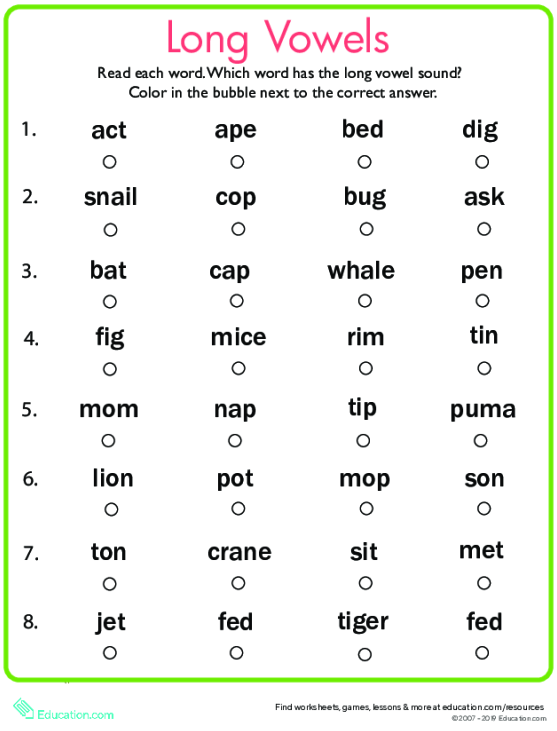
Pronunciation of vowels
Vowels are reproduced exclusively by our voice . Unfortunately, there are no exact analogues of German vowels in Russian, so German vowels require special attention:
1) Vowels in German are pronounced distinctly and stably . They consist exclusively of one pure sound, which is preserved throughout its pronunciation. That is, we do not speak [oʊ] or [oɐ], but purely [oː]. This stability characterizes German vowel sounds.
2) German phonetics distinguishes long and short vowels . This means that each vowel in German has two basic sounds. A long vowel sound lengthens during pronunciation and in most cases is accompanied by tension of the organs of speech, while a short sound is pronounced as short as possible and without tension. Stressed semi-long vowels in Russian are exactly in the middle of these two variants in German in longitude.
This article considers all vowels in German and two main variants of their pronunciation.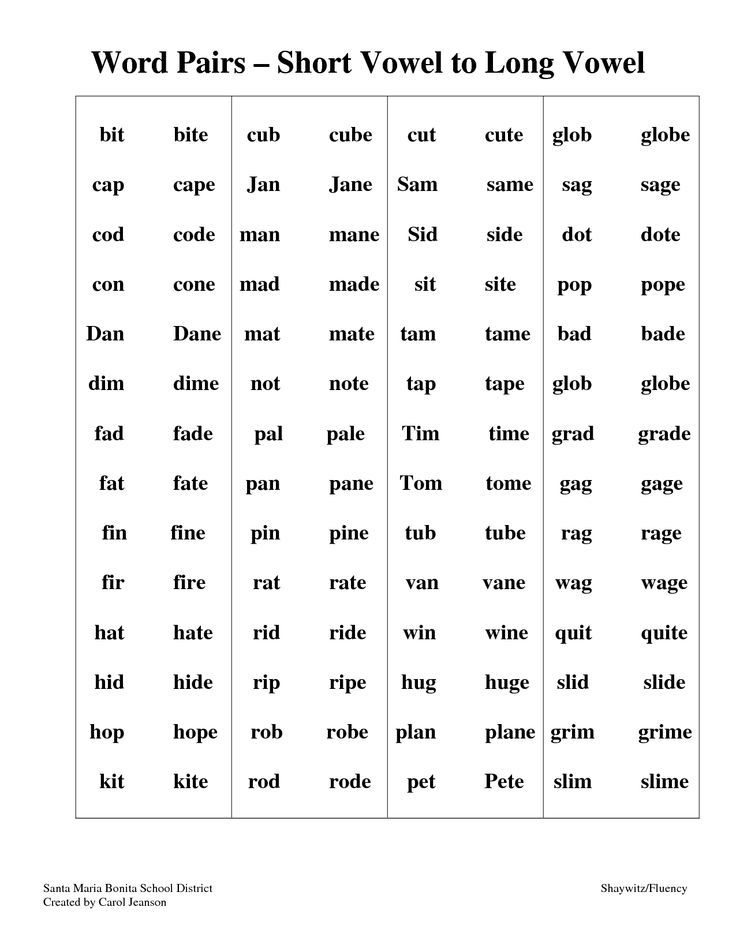
Long sound [aː]
To pronounce the long sound, first say the Russian word "red". The Russian vowel "A" here is pronounced shorter than the long sound of this German vowel, which is pronounced even longer. For simplicity, open your mouth as wide as possible.
→ j a [jaː] (yes)
→ T a g [taːk] (day) m 138 len [ˈmaːlən] (draw)
Short sound [a]
When pronouncing a short sound, the mouth should not be opened so wide. Say the Russian word "mother". Now pronounce the vowel sound as short as possible and get the German short vowel sound of this vowel.
→ M A NN [man] (man)
→ W A S [VAS] (what) A LLE Lle [ˈalə] (all)
<Ää>
Long sound [ɛː]
its pronunciation should be wider, the back of the tongue is further from the upper palate, and the sound itself is pronounced longer.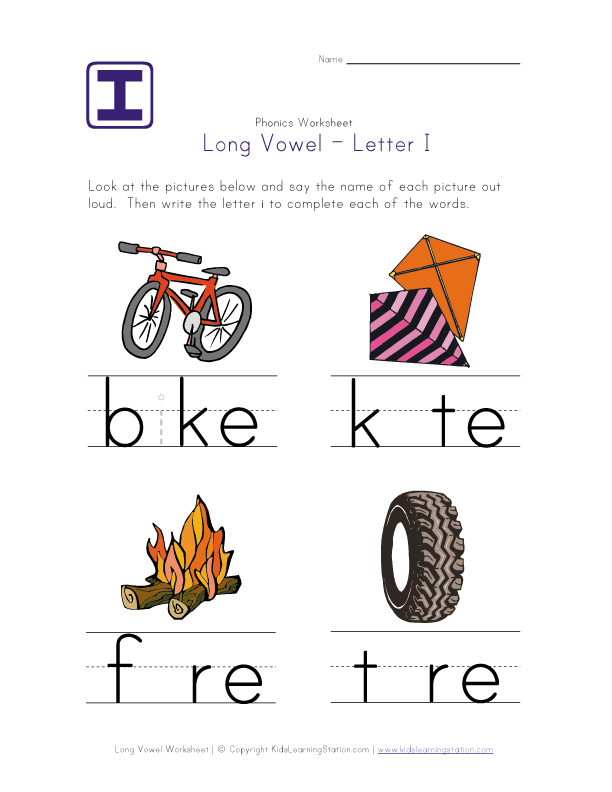
→ ä Ra [ˈɛːʁa] (era)
→ K ä Se [ˈKɛːzə] (cheese)
→ R
Long sound [iː]
When pronouncing a long sound, the tip of the tongue touches the lower teeth, and the back of the tongue is as close as possible to the upper palate. This sound is pronounced as long as possible, that is, longer than in the Russian word "y". To simplify, stretch your lips as much as possible.
→ K i no [ˈkiːno] (movie)
→ I gel [ˈiːgəl] (hedgehog)
→ B i bel [ˈbiːbəl] (Bible)
Short sound [ɪ]
in short, with the back of the tongue moving away from the upper palate. This sound is on the border with the short sound of the vowel "Ä" and resembles the second sound in the Russian word "hours".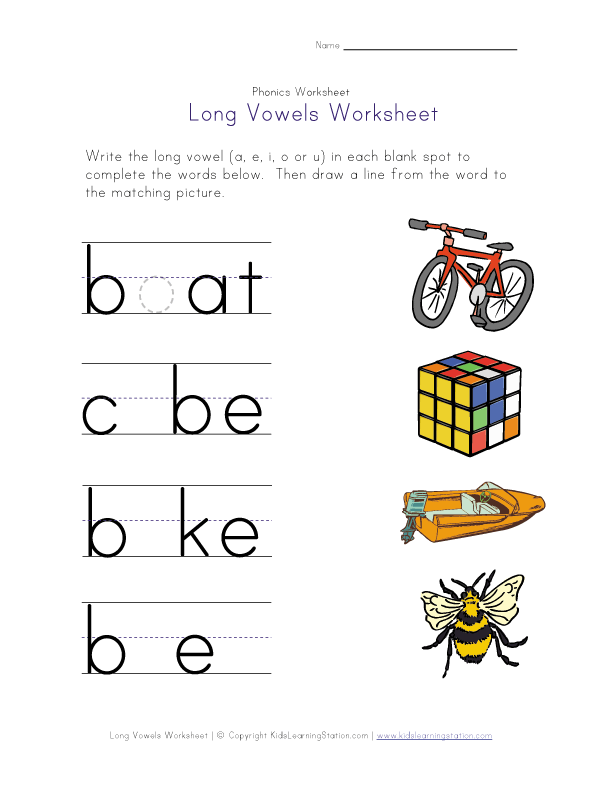
→ i n [ɪn] (c)
→ H i lfe [ˈhɪlfə] (assistance)
→ W I SSEN [ˈvɪsən] (nobility)
9000 9000 9000 9000 9000 9000 9000 9000 9000 9000 9000 9000 9000 9000 9000 9000 9000 9000 9000 9000 9000 9000 9000 9000 9000 9000 9000 9000 9000 9000 9000 9000 9000 9000 9000 9000 9000 9000 9000 9000 the back of the tongue is closer to the palate than when pronouncing [ɛː], but further than when pronouncing [iː], i.e., an average sound is obtained between them. Here you can feel the tension of the organs of speech.
→ S ee [zeː] (Lake)
→ W E N [VEːN] (whom)
→ L E Ben [ The short sound is the same as the short sound of the vowel "Ä".
→ W E NN [vɛn] (if, when)
→ E NDE [ˈɛNDə] 1 (end) 2 → N TT TT TT TT TT TT TT TT TT TT TT TT TT.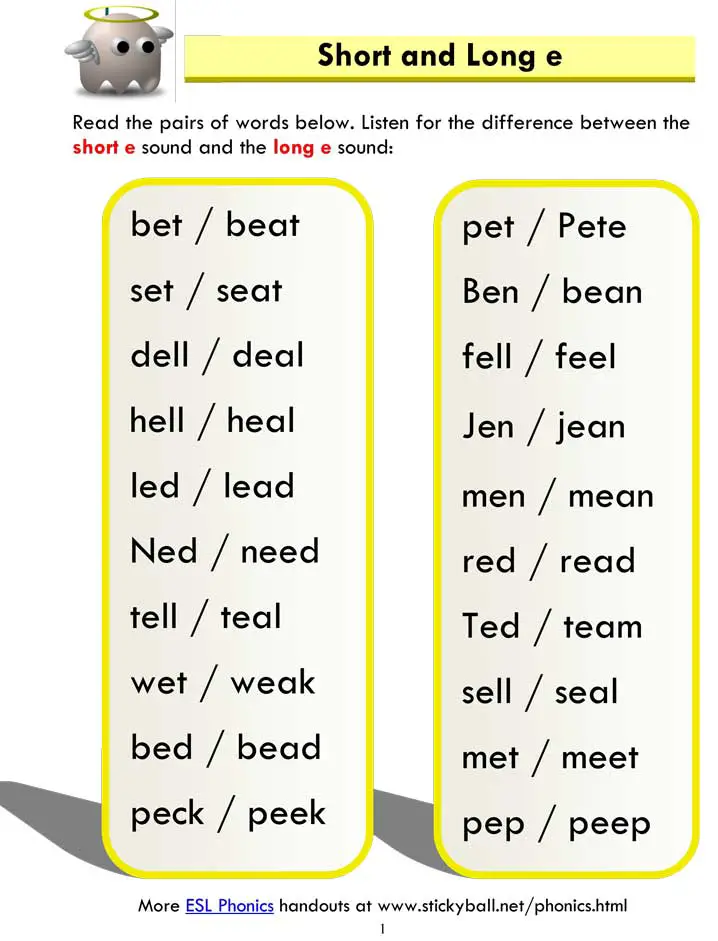 cute, friendly)
cute, friendly)
Long sound [oː]
When pronouncing a long sound, we stretch our lips forward and round them, and only a small hole remains between the lips. This hole is even smaller than the Russian vowel "O" in the word "rose".
→ R O SE [ˈʁoːzə] (rose)
→ W O [VOː] (where) 2 (where) ODSHA PA [ˈˈO] [ˈˈO] [ˈˈO]0012
Short sound [ɔ]
When pronouncing a short sound, we leave the opening of the mouth wider, but wider than that of the Russian semi-long sound [o]. This sound is on the border with the short sound of the vowel "A" and is pronounced as short as possible.
→ O FT [ɔFT] (often)
→ B O SS [BɔS] (Boss) 2 (
<Öö>
Long sound [øː]
A mixture of long sounds [eː] and [oː].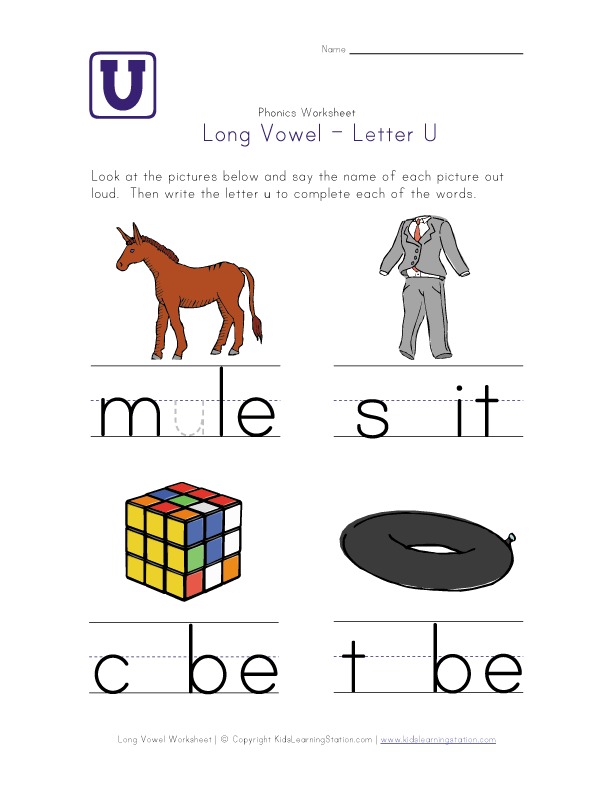 First, we pronounce a long sound [eː]. Now we leave the tongue in the same place, but at the same time we round the lips as if we are pronouncing a long sound [oː].
First, we pronounce a long sound [eː]. Now we leave the tongue in the same place, but at the same time we round the lips as if we are pronouncing a long sound [oː].
→ M ö WE [ˈMutch] (Seagull)
→ O L [ØːL]
→ F OO0002
Long sound [uː]
Like the long sound [oː], we round the lips, but here we almost close them. The opening of the mouth should be open enough so that the sound is barely made. It resembles the first sound in the Russian word "angle", but is pronounced much clearer and longer.
→ d u [duː] (you)
→ Bl u me [ˈbluːmə] → 9012 (flower) 137 u t [guːt] (good)
Short sound [ʊ]
We open our mouth a little to hear the difference with the long sound.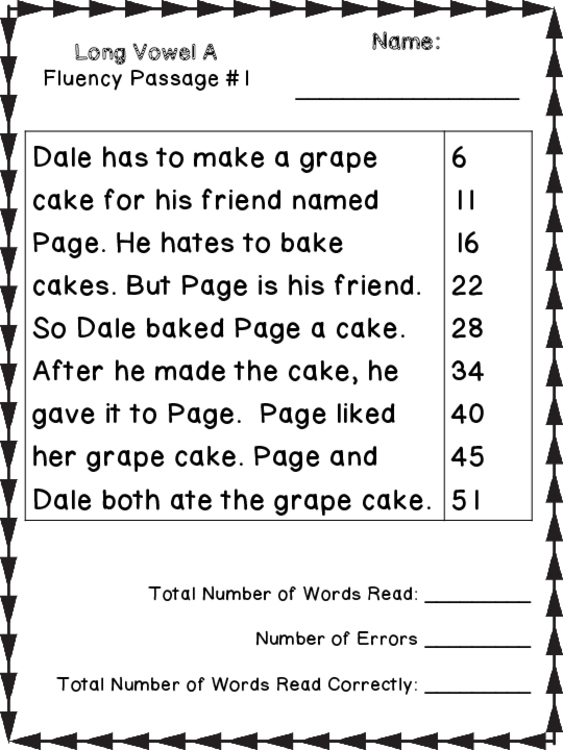 The lips take almost the same shape as when pronouncing a long sound [oː], but this sound is pronounced as short as possible and without tension.
The lips take almost the same shape as when pronouncing a long sound [oː], but this sound is pronounced as short as possible and without tension.
→ K U SS [KʊS] (kiss)
→ U ND [ʊNT] (I)
→ D U MM 9 mm [dʊm] (stupid)
<Üü>
Long sound [yː]
A mixture of long sounds [iː]. The tongue remains in the same position as when making a long sound [iː], but we change the shape of the lips as if we were making a long sound [uː].
→ M ü de [0137 ü bel [ˈdyːbəl] (dowel)
Short sound [ʏ]
A mixture of short sounds [ɪ] and [ʊ]. We similarly make the transition between short sounds [ɪ] and [ʊ]. This sound is pronounced as short as possible and without tension.
→ K ü Ssen [ˈkʏsən] (kiss) Do you need this article in PDF format? You will find information about this here.
→ F ü NF [Fʏnf] 9012
→ M ull [Mll [ml] ) 9 Notes:
► To accurately determine the sound of each vowel and understand the difference between long and short vowels, you need to listen to audio recording !
► The pronunciation of vowels in this lesson is literary . In many parts of Germany, as well as in other German-speaking countries, there are also dialectical deviations regarding certain sounds.
In many parts of Germany, as well as in other German-speaking countries, there are also dialectical deviations regarding certain sounds.
► The names of German vowels are at the same time their with long sounds , i.e. as in alphabet .
► There are no German words without vowels, i.e. every German word has at least one vowel letter (except for some interjections).
► When it is not possible to type umlauts on the keyboard, or when words are entered into a crossword puzzle , then the umlauts <Ä>, <Ö> and <Ü> are replaced by letter combinations
► The meaning of a certain word may even depend on the length or shortness of individual vowels, i.e. it is quite possible that if such words are mispronounced, the German will not understand you, therefore it is recommended to learn to distinguish these two sounds.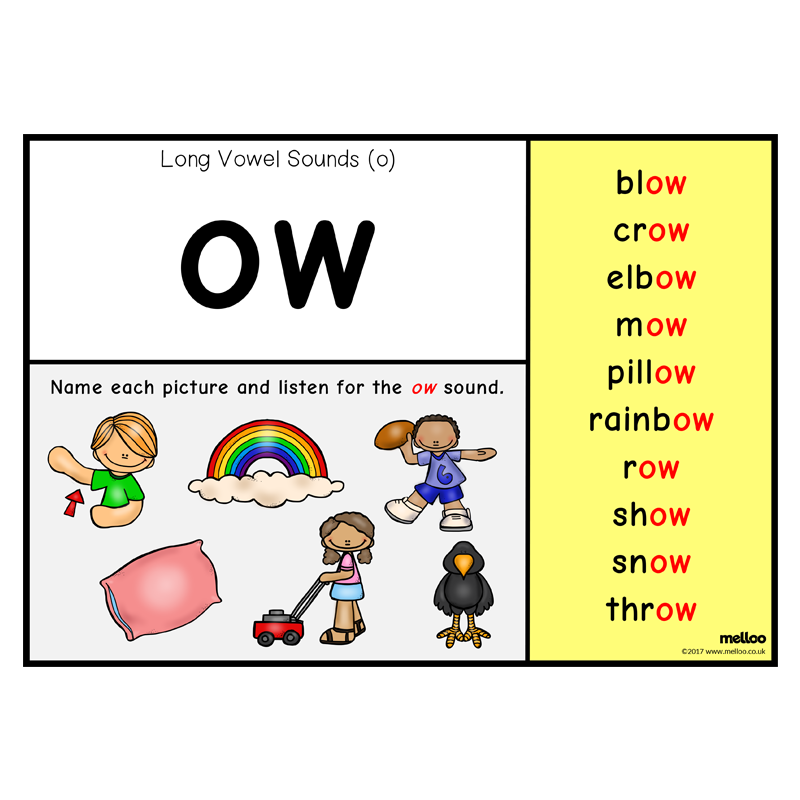
► The long sound [ɛː] (represented by the letter <Ää>) in spoken language is most often replaced by the long sound of the vowel
► For a better understanding of the difference in sounds: when pronouncing the long sounds of the vowels , <Ä>,
►
► Looking at the international transcription of the long and short vowels from this lesson, we see the following:
The long and short vowels and <Ä> differ only in in the longitude of represented by one additional character. That is, in fact, we are talking about the same sound, which in some words is simply stretched.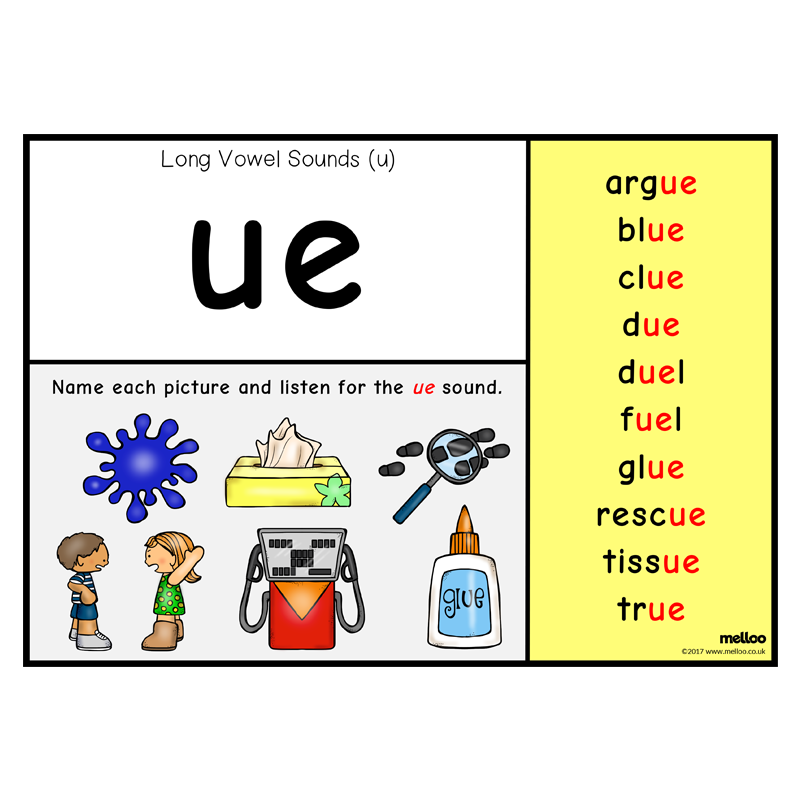
A = [aː], [a]
Ä = [ɛː], [ɛ]
As for the remaining vowels, we see from the transcription that both pronunciations differ not only in their longitude , but also in their quality . That is, it is not enough to stretch or shorten the same sound here, since we are talking about two different sounds.
E = [eː], [ɛ]
I = [iː], [ɪ]
O = [oː], [ɔ]
Ö = [øː], [œ]
U = [uː], [ʊ]
Ü = [yː], [ʏ]
► Since long and short vowels are not distinguished in Russian, native Russian speakers who begin to learn German usually perceive the former simply as an accent or unusual intonation. Attention: stress in words is independent of longitude/shortness of vowels.
► You will find information about which vowel is pronounced in which cases in other articles of the current section (Phonetics).
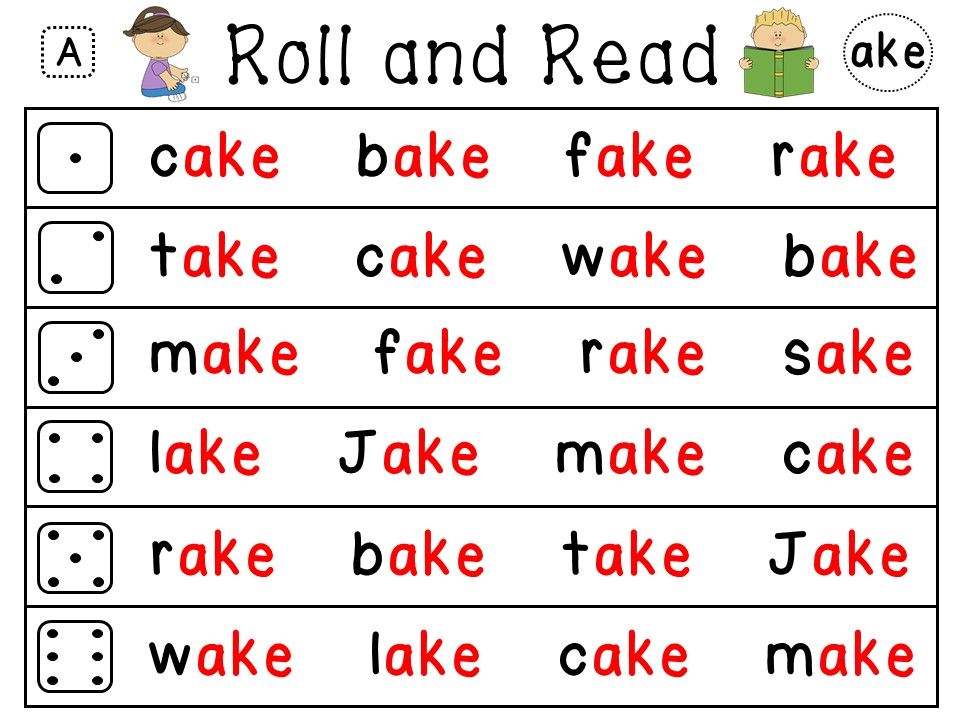
Learn more


